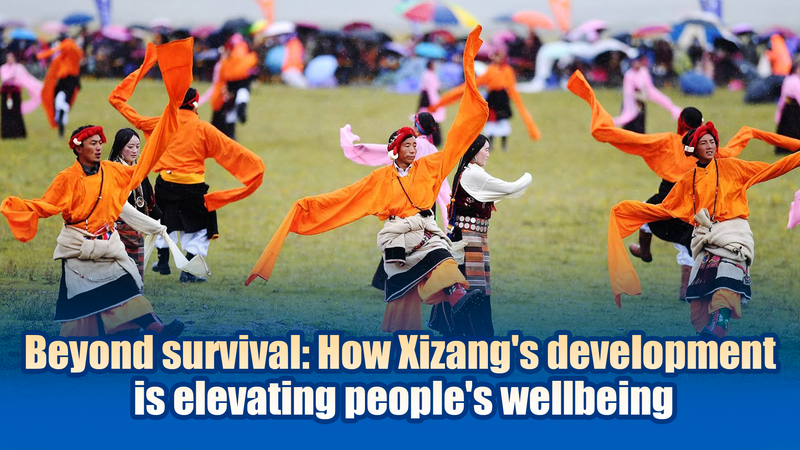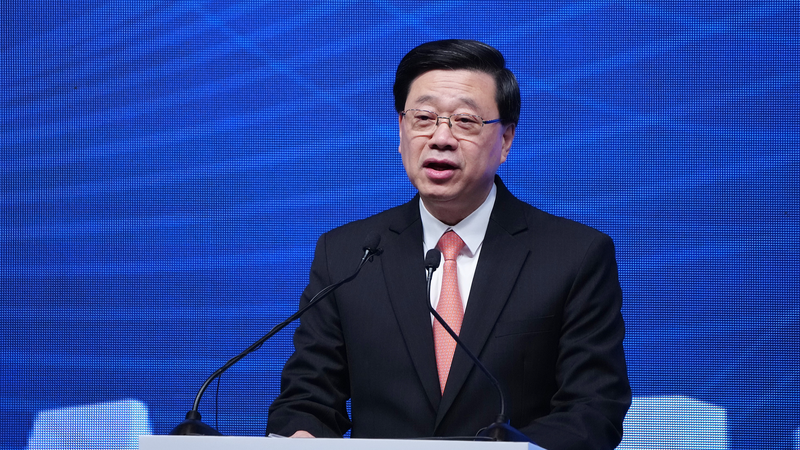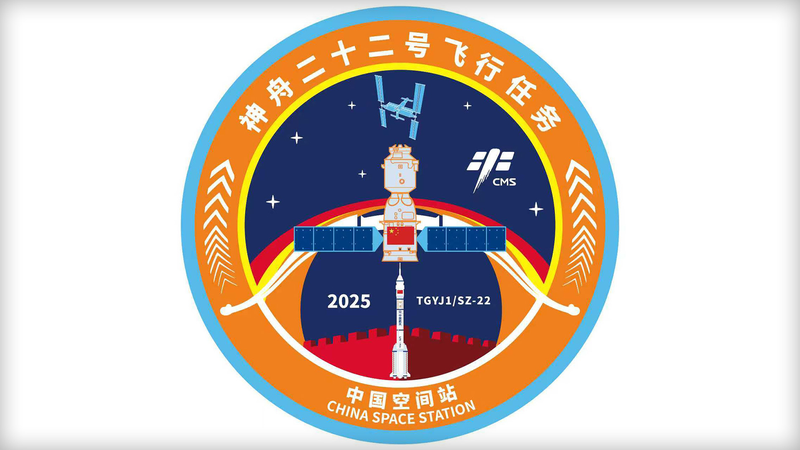At more than 4,500 meters above sea level, life in Nagqu, Xizang Autonomous Region, has never been easy. The thin air slows every step, winters bite deep and vast distances often separate people from essential services. Yet, recent development is transforming how people live, work and hope in this remote land.
Nagqu, the Chinese mainland’s highest-altitude prefecture-level city, is home to fewer than two people per square kilometer. Two moments from a recent visit stand out, revealing a deeper transformation: saving fragile lives in the world’s highest neonatal intensive care unit and reviving fragile grasslands through eco-innovation.
Saving fragile lives in the world’s highest NICU
At Nagqu People’s Hospital, doctors now care for newborns in the highest-altitude NICU on the Chinese mainland. A decade ago, a baby born at just 900 grams after six months of pregnancy would have had slim chances of survival. Today, advanced incubators, trained specialists and telemedicine links to Lhasa enable doctors to stabilize premature infants.
Official data shows that neonatal survival rates in Xizang Autonomous Region’s hospitals have increased by over 70% in the past ten years. “We can now save lives that were once beyond reach,” says a neonatologist who consults daily with experts over high-definition video.
Reviving fragile lands through eco-innovation
Beyond healthcare, sustainable land management is restoring Xizang’s vast grasslands. Pilot projects using drone-based reseeding and livestock mobility plans have reduced soil erosion by 30% and boosted grass growth by 45% since 2018. Herding communities are involved in monitoring and decision-making, blending tradition with technology.
Local nomads report improved grazing conditions and higher livestock health. “Our pastures are greener, and our herds are stronger,” explains a herder who now uses a mobile app to track pasture health in real time. These initiatives not only protect ecosystems but also bolster community incomes.
A new chapter for high-altitude living
Xizang’s gains in healthcare and ecological restoration highlight a broader trend: leveraging innovation to meet the unique challenges of high-altitude regions. As public services expand and technologies adapt to local conditions, residents in even the most remote areas are experiencing better health, economic opportunities and hope for the future.
For young global citizens, entrepreneurs and changemakers, Xizang’s story offers fresh perspectives on how sustainable development can thrive in extreme environments. It’s a reminder that with the right mix of technology, local engagement and policy support, no community is out of reach.
Reference(s):
Reporter take: How Xizang's development elevates people's well-being
cgtn.com




